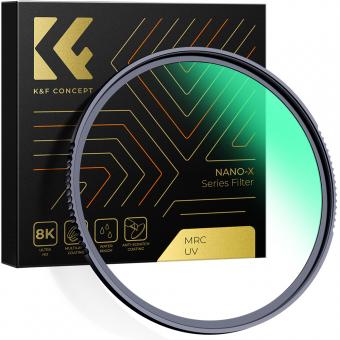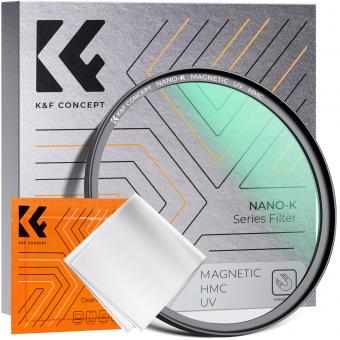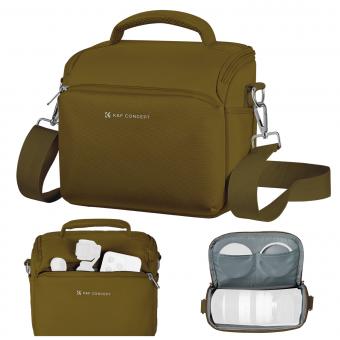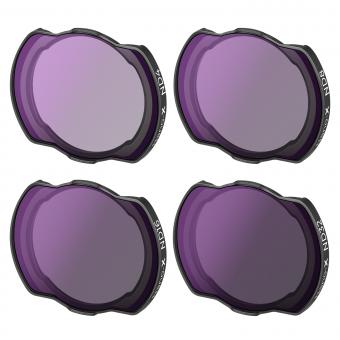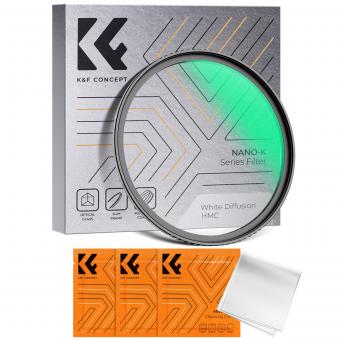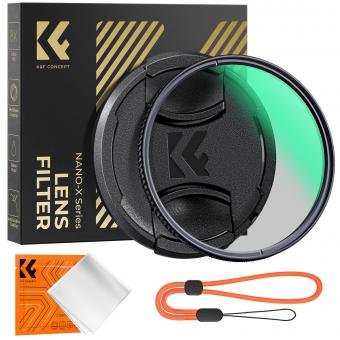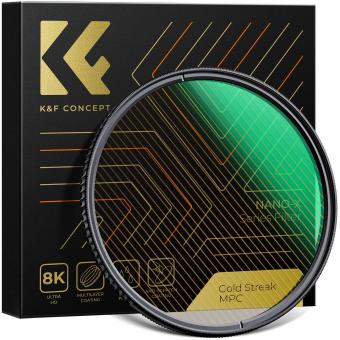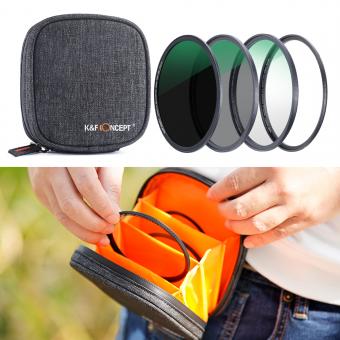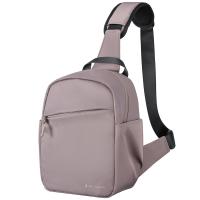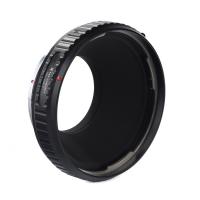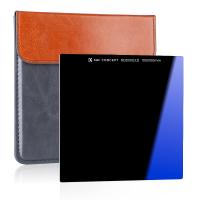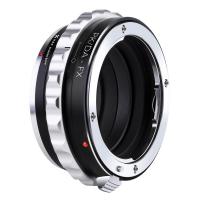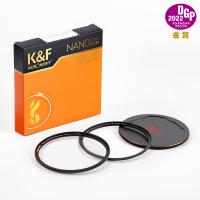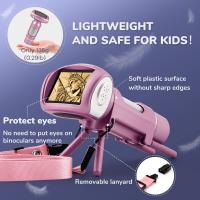What Microscopes Are Used In Schools ?
In schools, the most commonly used microscopes are compound microscopes and stereo microscopes. Compound microscopes are used for observing thin, transparent specimens such as cells and microorganisms. They have high magnification and resolution, allowing for detailed examination of the specimen. Stereo microscopes, also known as dissecting microscopes, are used for viewing larger, opaque specimens such as insects, plants, or geological samples. They provide a three-dimensional view of the specimen and have lower magnification compared to compound microscopes. Both types of microscopes are essential tools in science education, enabling students to explore and understand the microscopic world.
1、 Compound microscopes
Compound microscopes are the most commonly used microscopes in schools. These microscopes are versatile and provide a high level of magnification, allowing students to observe a wide range of specimens in detail. They consist of two or more lenses that work together to magnify the image of the specimen.
Compound microscopes are ideal for studying cells, tissues, and small organisms. They are equipped with an eyepiece and objective lenses that can be adjusted to achieve different levels of magnification. The eyepiece typically provides a magnification of 10x, while the objective lenses can range from 4x to 100x magnification. By combining the magnification of the eyepiece and objective lenses, compound microscopes can achieve total magnifications of up to 1000x.
In recent years, there have been advancements in compound microscope technology that have made them even more user-friendly and efficient. Some modern compound microscopes come with built-in digital cameras, allowing students to capture images and videos of their observations. This feature enables students to document their findings and share them with their peers or teachers.
Additionally, some compound microscopes now have LED illumination systems, which provide brighter and more consistent lighting compared to traditional halogen bulbs. LED illumination not only enhances the clarity of the specimen but also reduces the risk of heat damage to the sample.
Overall, compound microscopes continue to be the go-to choice for schools due to their versatility, ease of use, and advancements in technology. They provide students with a valuable tool for exploring the microscopic world and developing their scientific skills.
2、 Stereo microscopes
Stereo microscopes, also known as dissecting microscopes, are commonly used in schools for various educational purposes. These microscopes are specifically designed to provide a three-dimensional view of the specimen, making them ideal for observing larger objects or specimens that require manipulation.
Stereo microscopes have two separate optical paths that allow the viewer to see the specimen with both eyes, creating a stereoscopic image. This feature enables students to perceive depth and gain a better understanding of the structure and organization of the specimen. The low magnification range of stereo microscopes (typically between 10x and 40x) also makes them suitable for observing live organisms or larger objects such as rocks, plants, insects, or small electronic components.
In recent years, there have been advancements in stereo microscope technology to enhance the learning experience for students. Some modern stereo microscopes are equipped with built-in digital cameras, allowing students to capture images or record videos of their observations. This feature enables them to document their findings and share them with their peers or teachers. Additionally, some stereo microscopes now come with LED illumination, providing better lighting conditions and reducing the need for external light sources.
Furthermore, there has been an increasing trend towards incorporating digital microscopes in schools. Digital microscopes are similar to stereo microscopes but have the added advantage of connecting to a computer or tablet, allowing students to view the specimen on a larger screen. This feature can be particularly useful for collaborative learning or when detailed observations need to be shared with a larger group.
Overall, stereo microscopes remain the primary choice for schools due to their versatility, ease of use, and affordability. However, with the integration of digital capabilities, students can now explore the microscopic world in a more interactive and engaging manner.
3、 Digital microscopes
Digital microscopes are commonly used in schools for various educational purposes. These microscopes utilize digital imaging technology to capture and display magnified images on a computer screen or other digital device. They offer several advantages over traditional optical microscopes, making them a popular choice in educational settings.
One of the main benefits of digital microscopes is their ease of use. They are typically equipped with user-friendly software that allows students to manipulate and analyze the images they capture. This interactive feature enhances the learning experience and encourages student engagement. Additionally, digital microscopes often have built-in measurement tools, enabling students to accurately measure and analyze the objects they are observing.
Another advantage of digital microscopes is their ability to capture and store images and videos. This feature allows students to document their observations and refer back to them later, enhancing their understanding and retention of the material. It also enables teachers to easily share images and videos with the entire class, facilitating discussions and collaborative learning.
Furthermore, digital microscopes often have the capability to connect to the internet, allowing students to access online resources and databases for further research. This connectivity opens up a world of information and expands the learning opportunities beyond the confines of the classroom.
In recent years, there has been a growing trend towards using handheld digital microscopes in schools. These portable devices offer flexibility and convenience, allowing students to explore and examine objects both inside and outside the classroom. They are particularly useful for field trips and outdoor activities, as they can be easily transported and used in various environments.
Overall, digital microscopes have become an essential tool in schools due to their user-friendly interface, image capturing capabilities, and connectivity options. They provide students with a hands-on learning experience and enhance their understanding of the microscopic world. As technology continues to advance, it is likely that digital microscopes will become even more prevalent in educational settings.
4、 Electron microscopes
In schools, the most commonly used microscopes are light microscopes. These microscopes use visible light to magnify and observe specimens. They are relatively simple to use and provide a good level of magnification for most educational purposes. Light microscopes are widely used in biology and chemistry classes to study cells, tissues, and microorganisms.
However, it is worth mentioning that some advanced schools and universities may have access to electron microscopes. Electron microscopes use a beam of electrons instead of light to magnify specimens. They offer much higher magnification and resolution than light microscopes, allowing for the observation of smaller structures in greater detail. Electron microscopes are particularly useful in fields such as nanotechnology, materials science, and advanced biological research.
The latest point of view is that the use of electron microscopes in schools is still relatively limited due to their high cost and technical complexity. These microscopes require specialized training to operate and maintain, and the specimens need to be prepared in a specific way to withstand the vacuum environment inside the microscope. However, as technology advances and becomes more accessible, it is possible that electron microscopes will become more common in educational settings, providing students with the opportunity to explore the microscopic world in greater detail.



